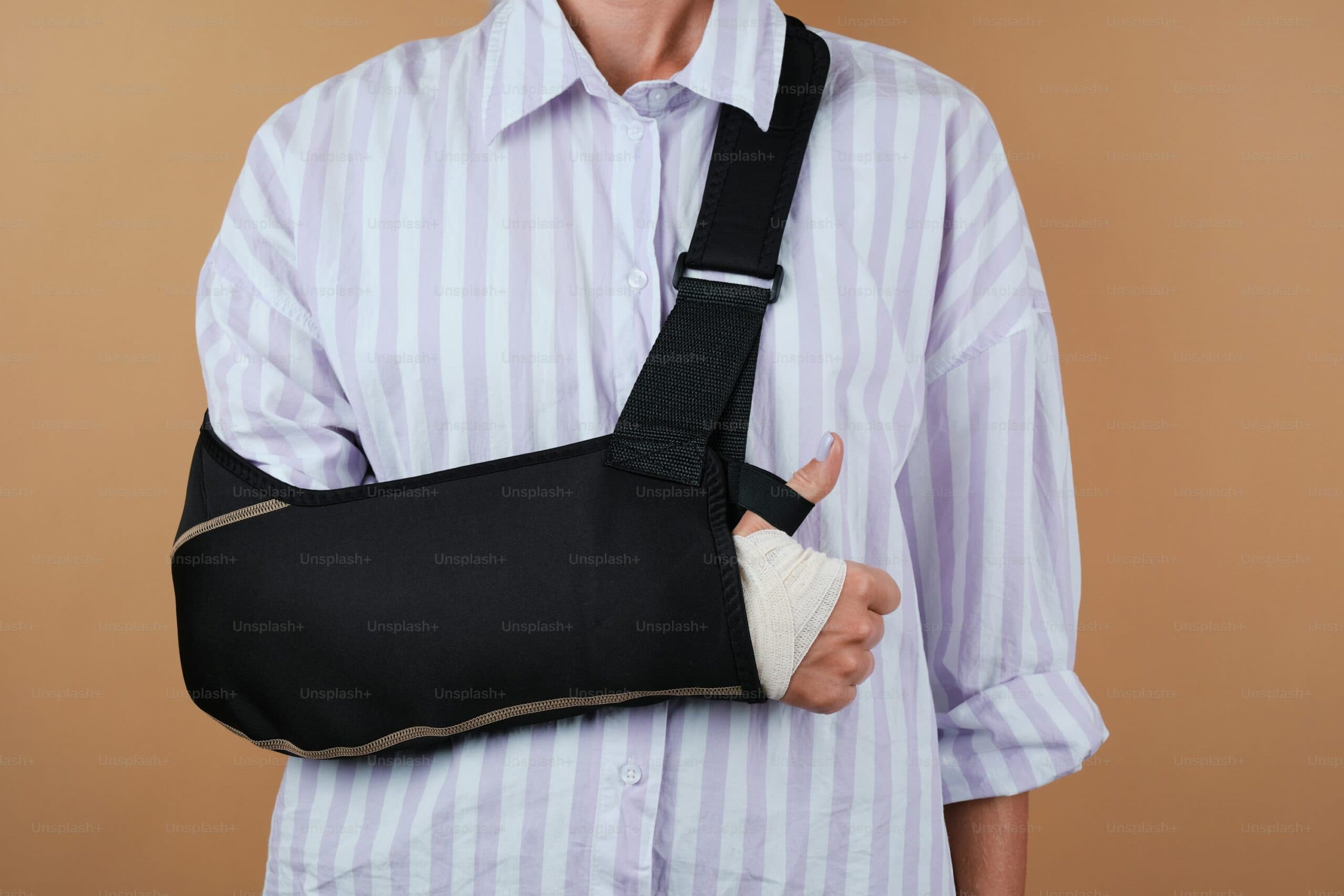
Life can change in a heartbeat. One moment, you’re walking across the street or driving home from work, and the next, you wake up in an emergency room facing a life-altering injury. For many, these traumatic events result in catastrophic injury lawsuits. But what exactly triggers these lawsuits, and when is negligence considered clear under the law?
In this article, we’ll walk you through the reasons catastrophic injury claims arise, what defines them legally, and how proving negligence plays a critical role in securing justice. We’ll explore what types of injuries fall under this category, how to gather evidence, and what laws exist to protect victims. If you or a loved one has suffered a severe injury that requires extensive medical treatment, read on to find the clarity you need to move forward with confidence.
What Qualifies as a Catastrophic Injury?
A catastrophic injury doesn’t just hurt—it disrupts an individual’s life permanently. These injuries result in long-term or permanent disability, require extensive medical treatment, and often prevent the injured person from returning to work or daily routines.
Examples of catastrophic injuries include:
Spinal cord injuries that cause partial or complete paralysis
Traumatic brain injuries (TBIs) that affect cognition or motor skills
Severe burns that lead to disfigurement and chronic pain
Loss of limbs, severe orthopedic injuries, or spinal cord damage
These injuries impact not just the body but the individual’s entire existence—mentally, emotionally, and financially. Courts have considered catastrophic injuries as those that cause long-term or permanent disability, making everyday life extremely difficult. They often trigger personal injury litigation due to the overwhelming medical expenses, lost wages, and ongoing medical appointments required.
When Negligence Triggers a Catastrophic Injury Lawsuit
Negligence is at the heart of most personal injury cases. In legal terms, negligence refers to the failure to exercise reasonable care, resulting in harm to someone else. When that failure leads to catastrophic injury, victims have the right to seek compensation under personal injury law.
Negligence becomes clear when parties fail to maintain safety standards, directly putting others at risk. Negligence becomes especially evident when:
1. A driver violates traffic laws (e.g., speeding, distracted driving)
2. An employer ignores employment contracts or workplace safety rules
3. A property owner fails to fix hazardous conditions
4. A company manufactures defective products that cause harm
To file a successful catastrophic injury lawsuit, the injured person must show:
1. The other party had a legal obligation to ensure safety
2. They breached that obligation through gross negligence or carelessness
3. That breach directly caused significant damages
Medical documentation, police reports, and witness statements often become pivotal in proving negligence. If the evidence presented shows a violation of duty, the court may also award punitive damages for reckless behavior.
The Role of Evidence in Building a Strong Case
In catastrophic injury claims, evidence can make or break the outcome. Because these cases involve extensive medical treatment, lost income, and long-term care, the injured party must present compelling documentation.
Essential forms of evidence include:
Medical records and medical bills
Witness statements
Police reports
Photographs and video surveillance from the accident scene.
Authoritative testimony from medical professionals and accident reconstruction experts.
Proof of chronic pain, emotional distress, or post-traumatic stress disorder
Laws That Protect Catastrophic Injury Victims
While every state upholds laws to protect victims of catastrophic injuries, the statutes governing personal injury litigation differ from one state to another. Below is a breakdown of the legal standards and protections applied in California, Nevada, and Colorado. Understanding these laws can play a crucial role in helping you pursue the justice and compensation you rightfully deserve.
California
Under California Civil Code § 1714, everyone is responsible for the consequences of their actions. This means if someone’s carelessness causes severe injuries, they’re liable. California follows a pure comparative negligence model—victims can recover damages even if they’re partially at fault.
Nevada
Nevada Revised Statutes § 41.141 introduces modified comparative negligence. If the injured party is less than 51% responsible, they can still pursue fair compensation. Nevada courts recognize emotional distress, permanent disability, and medical expenses in their damage calculations.
Colorado
Colorado law also follows modified comparative negligence under Colo. Rev. Stat. § 13-21-111. Importantly, Colorado law places a cap on non-economic damages like pain and suffering. However, courts may raise or waive the cap in cases involving catastrophic injuries, depending on the severity and long-term impact.
A successful outcome in these states depends heavily on gathering evidence early and aligning with experienced personal injury lawyers.
Calculating Damages in Catastrophic Injury Cases
Damages in these cases go beyond visible injuries. They aim to restore as much of the victim’s quality of life as possible.
There are two main types of damages:
Economic Damages: These include medical expenses, lost wages, future medical appointments, and rehabilitation.
Non-Economic Damages: These cover pain and suffering damages, emotional distress, and loss of enjoyment of life.
Unlike economic damages like medical costs and lost wages, noneconomic ones are harder to quantify. That’s why medical experts and legal representation are essential to provide authoritative testimony that illustrates how the injury affects every aspect of the individual’s life.
Why You Need Legal Representation
Handling a catastrophic injury lawsuit alone is not just overwhelming—it’s risky. The legal process is complex, and insurance companies often downplay the severity of physical injuries or challenge medical documentation.
An experienced catastrophic injury attorney understands how to:
Gather the right evidence presented
Work with expert witnesses to strengthen the case
Navigate through personal injury law in your specific state
Ensure that gross negligence is fully exposed
Choosing the right legal team can determine whether you get partial relief or maximum compensation.
Fighting for Your Future
A catastrophic injury isn’t just a medical event—it’s a legal turning point. When another party’s negligence causes permanent harm, the law empowers you to take action. Whether you’re suffering from traumatic brain injuries, spinal cord injuries, or other severe injuries, the road to justice starts with informed action.
These life-altering events affect every part of a victim’s life—physically, emotionally, and financially. You don’t have to navigate this journey alone. The legal obligation lies with those who caused your suffering, and Bourassa Law Group is here to hold them accountable. Our team fights for fair and comprehensive compensation, rooted in real evidence, clear strategy, and deep compassion.
If you or someone you love is facing a life-altering injury, don’t wait. Contact us today for a free consultation, and let our founding attorney and legal team guide you toward a successful outcome.





